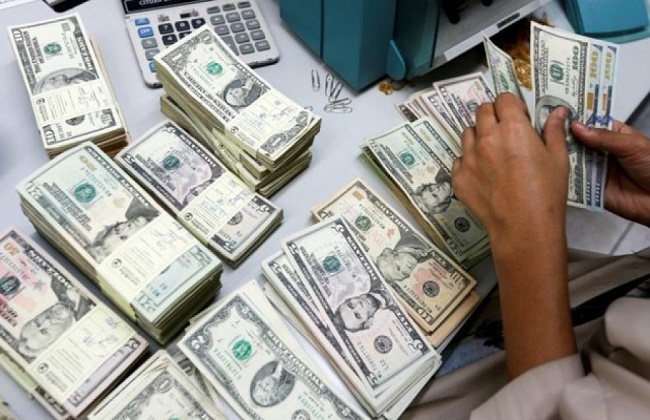
Bangladesh is set to receive record-high remittance in May thanks largely to the depreciation of local currency against the American dollar, central bankers say on a note of optimism amid reserves worries.
The country, long passing through multiple economic strains amid persisting forex (foreign currencies) dearth, already received US$2.143 billion in 29 days of the passing month, 38-percent higher from the same period of time last year when the figure was $1.553 billion.
The 29-day receipt remittance of this month is much higher than in previous two months counts of April ($2.044 billion) and March ($1.997 billion), and the Bangladesh Bank sets its sights far high on the total May inflow.
“The monthly remittance will set a new record of earning in recent years once the earnings of the remaining two days (May 30 and May 31) are added up,” said one of the BB sources.
The latest inflow brings the total remittance earnings until May 29 of this fiscal year (FY’24) to $21.261 billion, which is more than 95 per cent of $21.61 billion earned in the entire FY23.
Seeking anonymity, a BB official says remitters normally send increased volume of money from abroad ahead of religious festivals like Eid. But the recent 5.98-percent devaluation of Bangladesh taka against the US greenback probably encourages them to transfer more money back home ahead of Eid-ul-Azha.
“I think the May remittance inflow would set a new record in recent years, which would be a great relief under the current macroeconomic context,” says the central banker.
The fast-depleting forex reserves have become a matter of serious concern for the $460 billion-plus Bangladesh economy, which faces difficulties even to achieve the net international reserves (NIR) target set by the International Monetary Fund (IMF) in a $4.7-billion lending package for restoring the country’s macroeconomic stability.
Earlier on May 8, the central bank’s monetary policy committee (MPC) meeting in a major decision raised the exchange rate to Tk 117 from Tk 110 to bring stability in the forex market.
With the revision, local currency depreciated 5.98 per cent per dollar, allowing dollar-holders to gain more from their hard-earned foreign currencies.
The country’s gross foreign-exchange reserves stood at $24.22 billion on May 29, 2024, as calculated by the Bangladesh Bank. However, the IMF uses a different methodology — BPM6 — and reports the reserves at $18.72 billion as of the same date.
